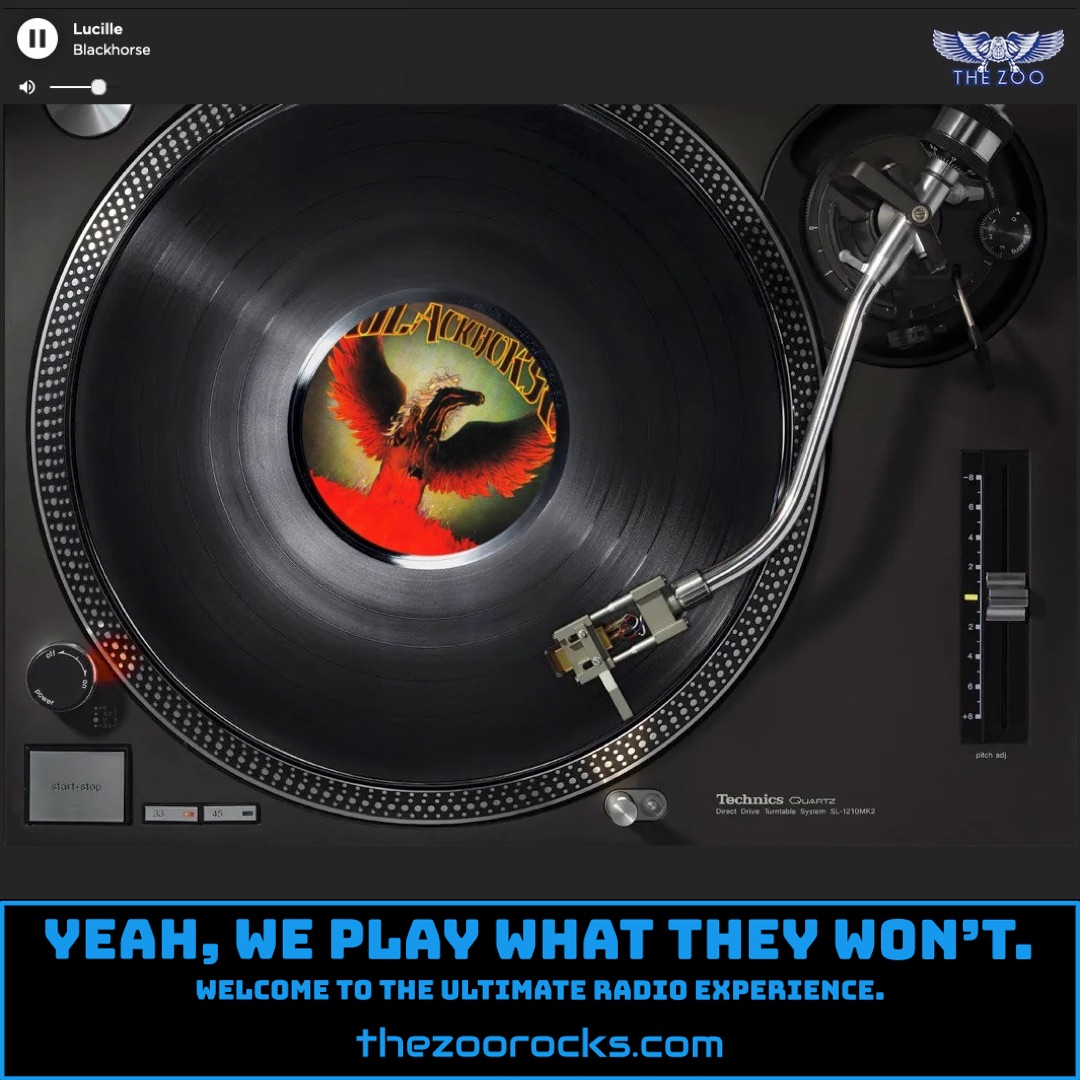Ain’t No Sunshine
Freddie King
The Zoo Crew is spinning a classic today with Ain’t No Sunshine by Freddie King from his 1972 album Texas Cannonball. This soulful blues track, originally written and performed by Bill Withers in 1971, was given a raw, electric edge by King, showcasing his signature guitar style and emotive vocals. One piece of trivia about this cover is that it was recorded during sessions at Ardent Studios in Memphis and Skyhill Studios in Los Angeles, blending Southern soul with West Coast polish. The song’s haunting vibe and King’s searing guitar solos have made it a standout, with fans on platforms like Discogs praising its intensity and emotional depth. A 1973 live performance from Montreux, featured on the DVD Live in Europe, captures King pouring his heart into this track, earning it a special place among Zoo Freaks who love its gritty energy.
Another tidbit comes from the album’s production, helmed by Leon Russell, a longtime admirer of King’s work. Russell’s influence brought a funky, soulful layer to Texas Cannonball, and Ain’t No Sunshine benefited from his knack for blending blues with commercial appeal. Fans on Amazon reviews call the track a highlight, noting how King’s voice and guitar “breathe new life” into Withers’ composition. The song’s tempo, clocking in at 136 BPM in C Minor, gives it a danceable yet melancholic groove, as noted on SongData.io. For Zoo Freaks, this track is a perfect mix of heartache and soul, ideal for late-night radio vibes.
Freddie King, born Fred King on September 3, 1934, in Gilmer, Texas, got his start in music at a young age, thanks to his mother, Ella Mae King, and her brother, who both played guitar. By age six, King was learning rural country blues, picking up a thumb-finger style inspired by legends like Sam Lightnin’ Hopkins. His early hero, Louis Jordan, influenced his ability to mimic horn lines on the guitar, a skill that later defined his jump blues sound. King’s first prized possession was a Roy Rogers acoustic guitar, ordered from a general store, which he played relentlessly. Moving to Chicago as a teenager, he immersed himself in the city’s vibrant blues scene, sneaking into clubs to watch Muddy Waters and Howlin’ Wolf. By the 1950s, he was gigging with local bands, blending Texas and Chicago blues into a fiery, distinctive style.
King’s big break came with King Records in Cincinnati, where he recorded his first hit, Hide Away, in 1960. The instrumental crossed over to the pop charts, a rare feat for a blues artist, reaching #29. His time at King Records was bittersweet, as label owner Syd Nathan’s controlling nature clashed with King’s artistic vision, but it launched him as a star. By 1969, his performance at the Texas Pop Festival alongside Led Zeppelin and B.B. King caught the attention of Leon Russell, leading to a contract with Shelter Records. This era produced Texas Cannonball, cementing King’s legacy as one of the “Three Kings” of electric blues guitar, alongside Albert and B.B. King. His multiracial backing band was a trailblazing move, reflecting his broad appeal.
For Zoo Freaks wanting to dive deeper, check out Freddie King’s official website for discography and history. While King passed away in 1976, his legacy lives on through fan communities. The Freddie King Official Facebook page shares archival photos and updates, though it’s not highly active. Instagram has fan-driven accounts like @freddiekingblues, posting tributes and rare clips. On X, follow @FreddieKingFans for fan discussions and throwback posts. Fan websites like freddieking.net offer detailed bios and discographies, while the Freddie King Fans Facebook Group connects enthusiasts sharing vinyl finds and concert memories. These platforms keep the Texas Cannonball’s spirit alive for the Zoo Crew and their listeners.

